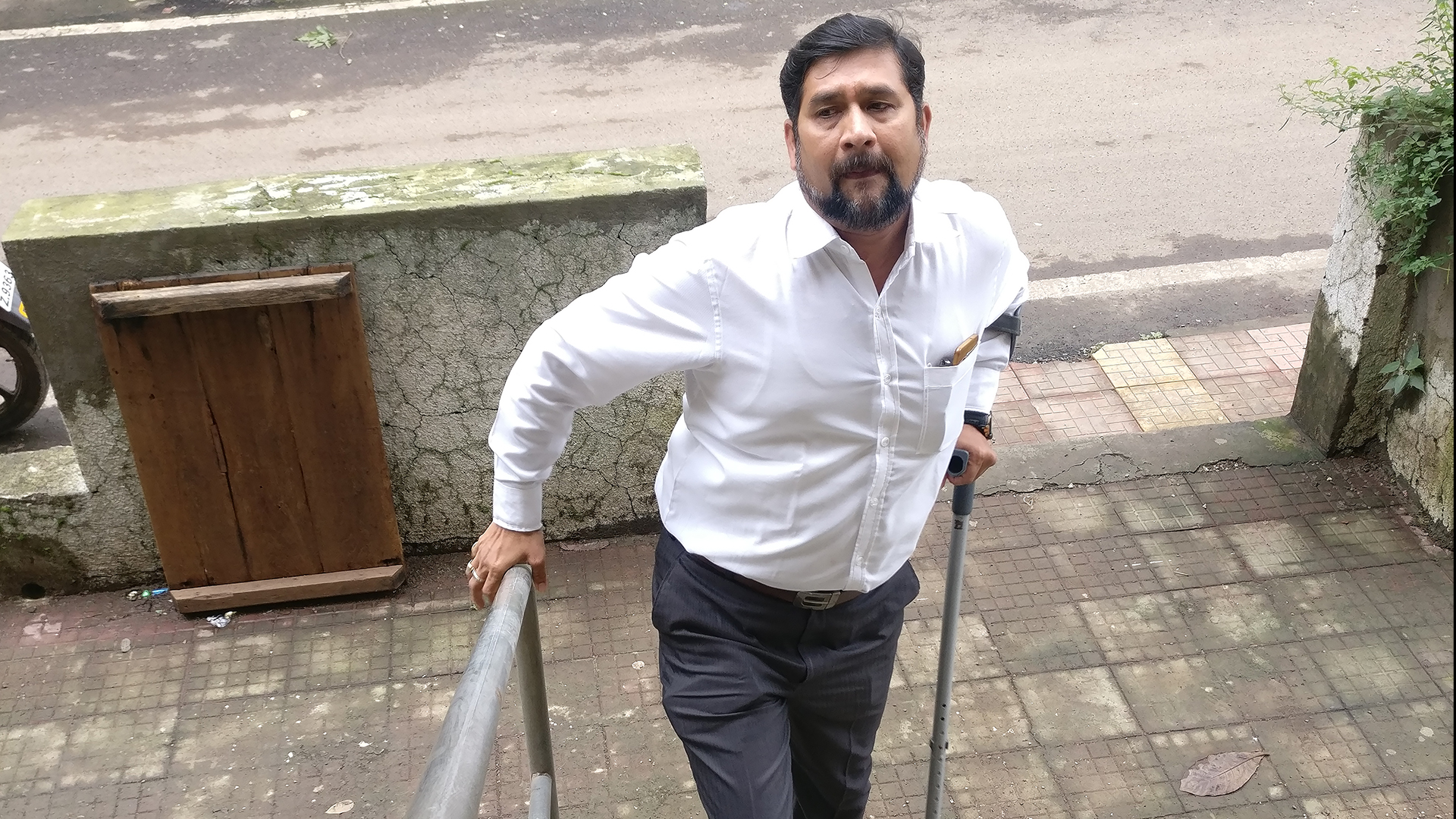There are few concepts in medicine considered more fundamental than a doctor’s duty to alert patients to the potential hazards of a treatment, a concept known as informed consent.
Yet more than 2,000 patients have told the International Consortium of Investigative Journalists through surveys and interviews that their physicians didn’t tell them about basic risks with a medical implant.
The consequences were often dire.
In Diest, Belgium, doctors implanted Katia Vanonckelen with pelvic mesh that can cause severe pain and damage to internal organs. In Chicago, in the U.S., surgeons installed an implantable drug pump in Remmington VanAllen’s torso that can trigger overdoses and paralysis. Near Johannesburg, South Africa, doctors replaced Adrie Strong’s failing hip with an artificial one that carried the potential to poison her bloodstream and rot her flesh.
[My doctor] didn’t give me a chance to ask many questions. He only said, ‘I’m going to solve your problem.’ – Katia Vanonckelen
Each of these patients assert that their doctors did not warn them of their device’s risks prior to surgery. And for each, potential hazards became a reality as their devices malfunctioned, causing years of additional surgeries, pain and disability.
“From New Zealand to England to Canada, the practice of informed consent around the world is dismal,” said Hanifa Koya, a gynecologist in Wellington, New Zealand, who has performed many surgeries to remove defective meshes from patients she says were not warned.
“Every medical school teaches informed consent, but doctors fail to do it in a big way.”
ICIJ’s Implant Files investigation found that regulators have approved devices with little or no safety testing, and are slow to stop selling faulty ones even as injuries mount.
Over the course of a year reporting the project, ICIJ journalists heard again and again from patients who said they weren’t adequately warned of the dangers of even high-risk devices. There is no way to quantify how often this happens — conversations between doctors and patients are confidential, and there is often little in medical records that show what, exactly, a physician may have said in advance of an operation.
But medical experts say failure-to-warn lapses are common.
In addition to hundreds of interviews conducted with patients, nearly 1,600 patients from 37 countries who responded to an ICIJ survey published in November said they were not told about the potential harms associated with an implant prior to an operation. (Of the nearly 1,600 respondents, 525 were anonymous but provided detailed information about their device and procedure.)
Pedro Pablo Herrero, a 43-year-old Spanish paramedic said his “anger was monumental” after two defective replacement eye lenses made him go temporarily blind several years ago.
“No one had warned me of the risks I was running,” Herrero told ICIJ’s Spanish reporting partner El Confidencial. “Since the operation in 2012, I have lost three years of work and some 35,000 euro between operations and other expenses.”
Medical implants save lives, and improve them. Most of the time, they function as intended. But all pose risks — and some have caused serious injuries and deaths. ICIJ’s investigation found that medical devices were linked in “adverse event” reports that are supposed to be filed with the U.S. Food and Drug Administration to 1.7 million injuries and about 83,000 deaths over the last decade (2008-2017).
These reports come from doctors, manufacturers, patients and even lawyers, and describe cases where a device is suspected to have caused or contributed to a serious injury or death, or has experienced a malfunction that would likely lead to harm if it were to recur. The FDA says that conclusions about a device’s safety or role in an injury or death cannot be made from an adverse event alone.
The stakes for patients can be tremendous. Many implanted devices press against vital organs or attach to sensitive nerves, meaning removal may carry risks of serious injury or death. The potential dangers of removal often outweigh the benefits of continuing to live with a problematic device, leaving patients to choose which gamble to take when things go wrong.
Device companies are legally required to inform regulators of the major known risks of the devices they sell in much of the world. In hundreds of cases filed in U.S. courts, patients have alleged that manufacturers misled authorities, and the public, about known risks.
Doctors are also required, in much of the world, to fully inform their patients about the risks of treatment. In the U.S., the American Medical Association describes informed consent as “fundamental in both ethics and law.”
Physicians commonly require patients to sign forms acknowledging they understand risks of treatment. Yet, for meaningful patient consent, paperwork is only part of the equation, experts say. Equally important is a conversation between the patient and doctor in which the physician clearly explains a procedure’s risks.
“It’s important not just that the risks have been communicated but that there also be a back-and-forth between the patient and the doctor, who should be verifying that the patient understands the risks that could result from the implantation of the device,” said Michael Carome, a doctor who practiced medicine for decades before becoming the director of Washington D.C.-based Public Citizen’s Health Research Group.
Aside from an emergency situation where “limb and life is at stake,” doctors also must discuss with patients the benefits and risks of the alternative treatments as well as the option of no treatment at all, Dr. Thamotharampillai Thirumoorthy, the founding director of the Singapore Medical Association’s Centre for Medical Ethics and Professionalism, told ICIJ. “Informed consent means that patients must be given options to choose, and not just information of one line of treatment,” Dr. Thirumoorthy wrote in a recent article.
Vanonckelen, the Belgian woman injured by pelvic mesh, traces her painful saga to a 15-minute consultation she says she had with a physician in the town of Leuven. She recalls that the doctor, hurried and brusk, told her that the mesh device would be necessary to hold her pelvic organs in place after she had undergone a hysterectomy. “He didn’t give me a chance to ask many questions. He only said, ‘I’m going to solve your problem,’” Vanonckelen said. “That was it.”
On the morning of the operation, Vanonckelen says, the physician had her sign a release acknowledging the risks only of the procedure to implant the device — not about risks posed by mesh itself — and she went in for surgery.
Almost immediately after, Vanonckelen says, she began to feel a sharp, burning pain in her vagina. As months passed, the agony proved unrelenting, causing her to close her tanning business and even pushing her to the brink of suicide. Last March, a specialist removed most of the mesh, but Vanonckelen says the nerve damage is irreversible, and she has now been implanted with a neurostimulator to help manage ongoing pain.
In some cases, the practice of informed consent has broken down to the extent that regulators around the world have had to remind doctors to provide basic information to patients regarding high-risk devices prior to implantation.
In recent years, for instance, health authorities in Australia and United States specifically mandated that doctors must provide their patients with the most fundamental information about the controversial Essure birth control device, which has been linked to an array of severe complications.
Yet such government-mandated doctor warnings are the exception, said Carl Heneghan, a clinical epidemiologist at Oxford University in England, who has extensively studied global regulation of medical devices. National regulations often have little practical reach into the interactions between doctors and patients, which happen in private, behind closed doors, with few or no witnesses, he said.
“There’s no one out there really monitoring this,” he said.
Correction, January 16, 2019: An earlier version of this article misstated the type of mesh implanted in Katia Vanonckelen. It was pelvic mesh, not vaginal mesh.
Contributors: Marcos Garcia Rey, Amy Wilson-Chapman, Ashlee Guevara.







